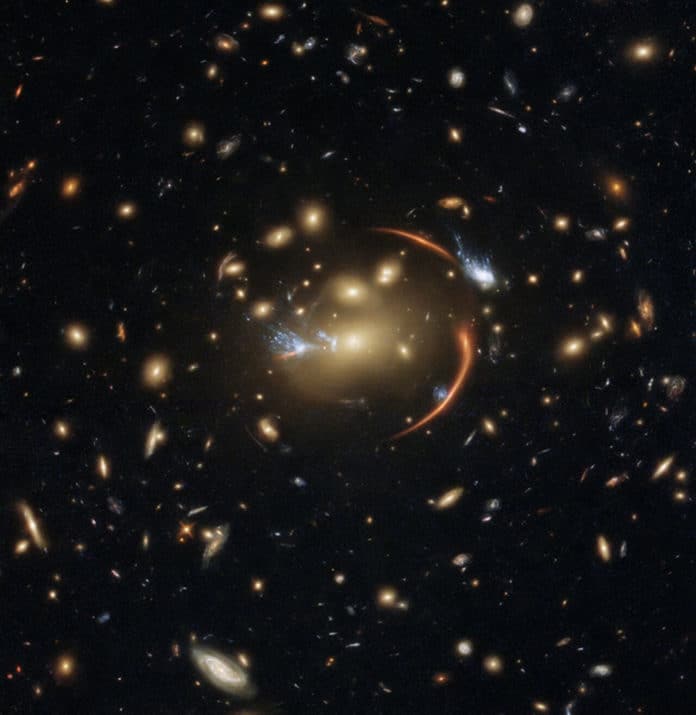Why did some of the oldest, most massive galaxies go quiescent early in their formation?
This is one of the fundamental questions about our universe that has been puzzling scientists for billions of years.
Now, a new study by the University of Massachusetts Amherst solved this mystery. It suggests that the oldest, most massive galaxies go quiescent early in their formation because they ran out of cold gas.
Cold gas is the energy source fueling new star formations.
Galaxies are said to have gone quiescent when they stop star formation. This is a well-known fact to astronomers, but why early, massive galaxies go in this phase remains elusive.
The research team devised an innovative pairing of telescopes. Using Hubble Space Telescope, they obtained data about these distant galaxies. The ultraviolet to the near-infrared light observation of Hubble allows the team to explore the deep past.
The team was expecting galaxies to appear young and vigorous, with evidence of constant star formation. But they don’t. This was when the team combined Hubble’s images with extraordinarily sensitive readings from ALMA. The ALMA detects radiation invisible to the naked eye.
The observation from ALMA reveals tiny amounts of cold gas located at each galaxy’s center. It means, within the first few billion years of the universe’s existence, these galaxies either burned through their energy supplies or ejected them. That something may be physically blocking each galaxy’s replenishment of cold gas.
Kate Whitaker, professor of astronomy at UMass Amherst, said, “Taken together, the research helps us to rewrite the early history of the universe so that we can get a clearer idea of how galaxies evolve. The team’s next step is to figure out how compact the remaining gas is in these quiescent galaxies and why it exists only in the galaxies’ center.”
Journal Reference:
- Whitaker, K.E., Williams, C.C., Mowla, L., et al. Quenching of star formation from a lack of inflowing gas to galaxies. Nature 597, 485–488 (2021). DOI: 10.1038/s41586-021-03806-7
